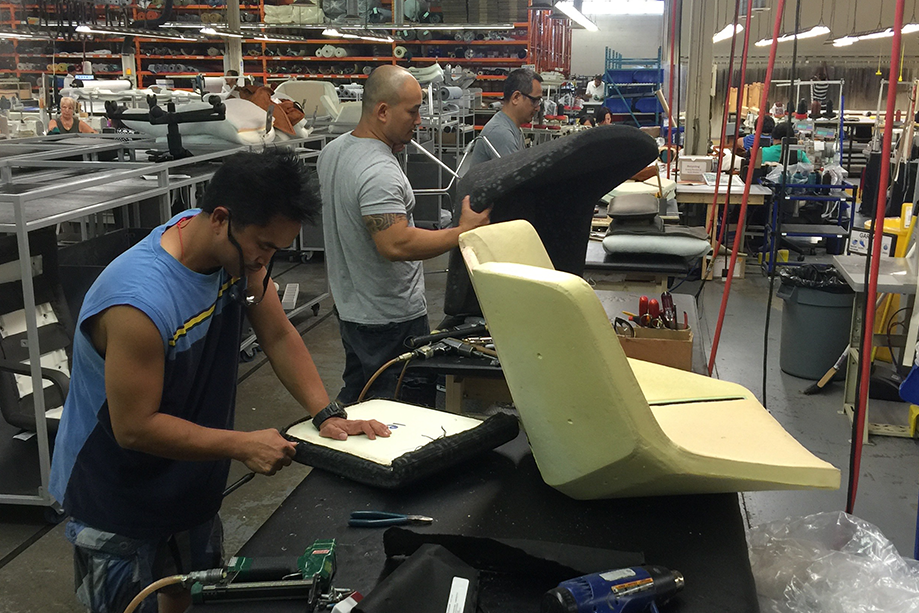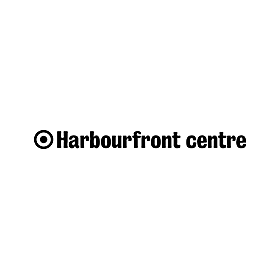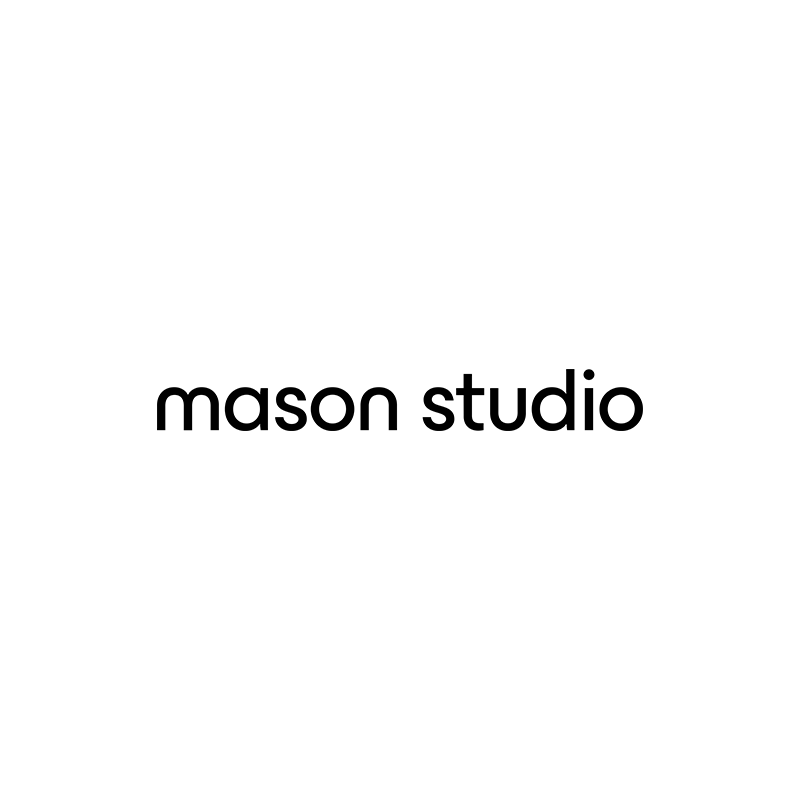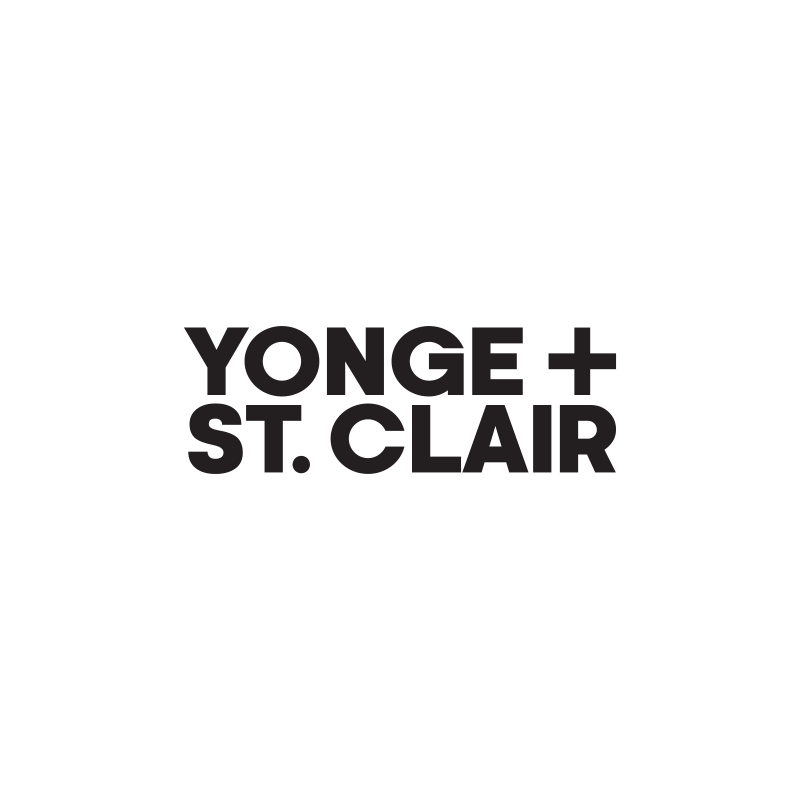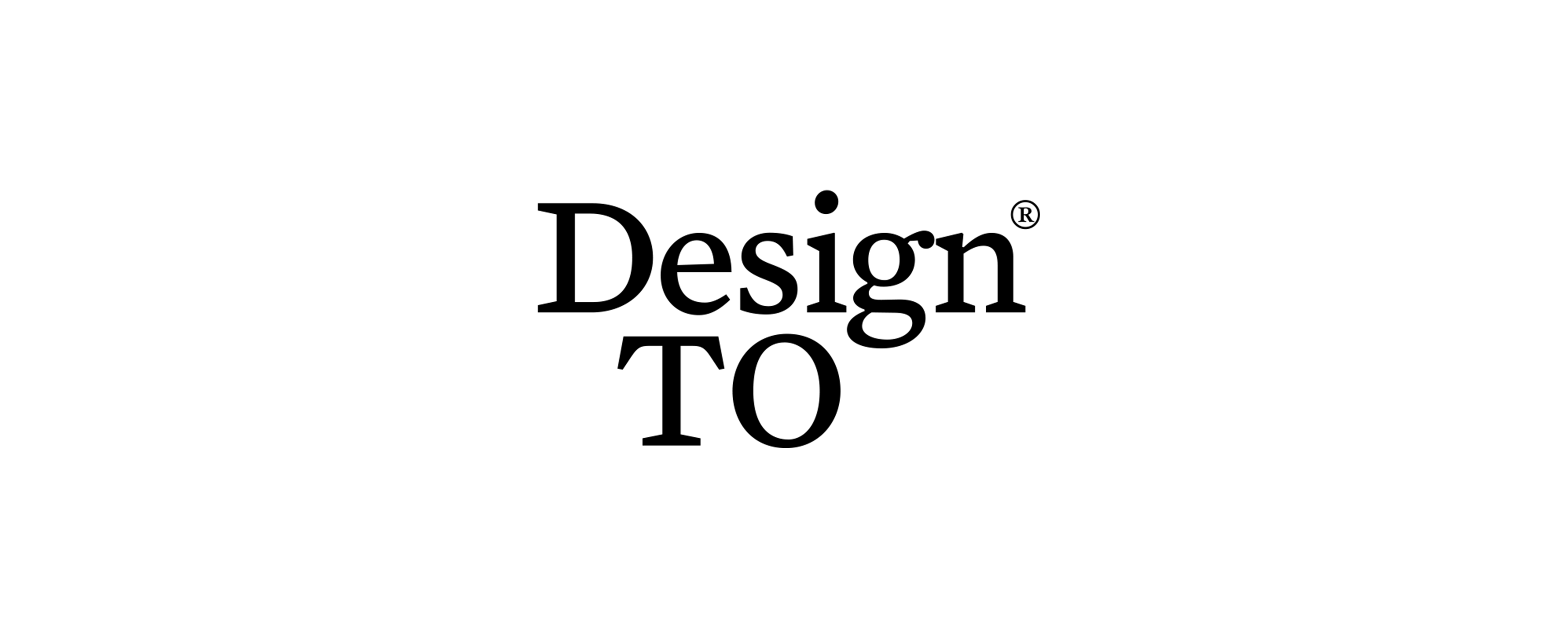
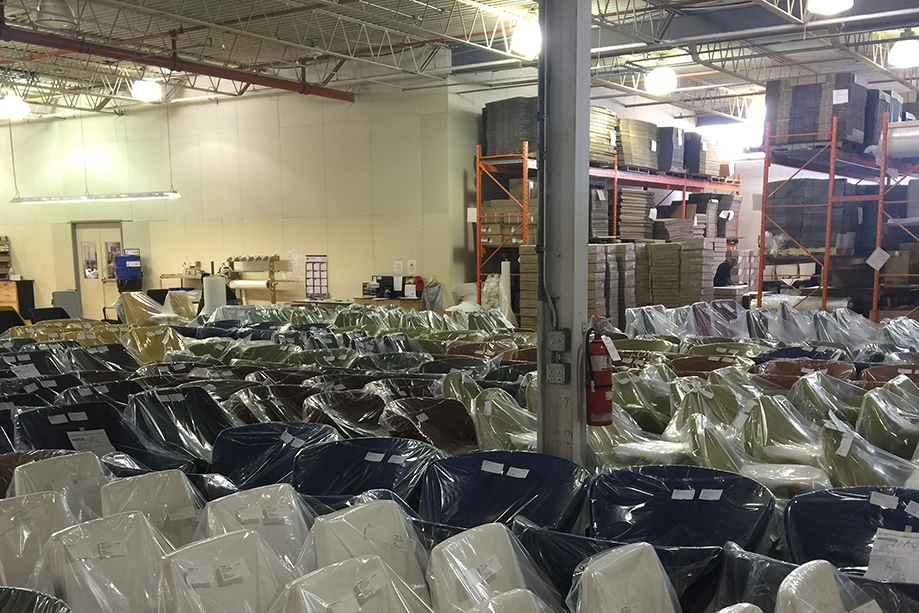
Since its founding in 1981, Keilhauer has had an obsession with craftsmanship. In fact, design and craft might even be considered a family trait; the company’s president, Mike Keilhauer, descended from a master, European-trained upholsterer and saddle maker. However, in addition to craft, the Toronto based furniture company is also built on the values of communication, education, quality and respect for their customer and employees.
Already recognized as a global design leader, one of Canada’s Top SME Employers and Greenest Employers, Keilhauer’s commitments continue to refine. Today, Keilhauer strives to be the most responsive furniture company in the business, lead the industry in innovative design, and pursues a closed-loop manufacturing process to enhance the company’s sustainability portfolio.
Our team had the opportunity to see this manufacturing process first-hand on a personal tour of the Keilhauer Factory, and get insight on the process from President Mike Keilhauer, and Vice President of Sales and Marketing Jackie Maze.
Check out the photo gallery + interview below >>
TO DO: Why is it important to Keilhauer to manufacture its products in Toronto?
Mike Keilhauer: Locating our headquarters and our manufacturing facilities in Toronto allows us to tap into a world-class talent pool for our employees, our designers, and our inspiration. However, we operate as a global business and working in Toronto allows us to open doors to the rest of the world.
TO DO: Are all of the products manufactured in Toronto?
Mike Keilhauer: All manufacturing takes place in our two Toronto facilities. We also prioritize working with local vendors — it helps us with quality control, reduces the environmental impact of shipping, helps us forge better business relationships, and supports the local economy. Our sustainability initiative, Planet Keilhauer, commits us to care for our environment and support the communities we are a part of. Working with local businesses allows us to do just that.
TO DO: Keilhauer has recently decided to bring local designers on board to design its products. Can you tell us a bit more about this initiative, and the resulting process?
Mike Keilhauer: We’ve always collaborated with the best designers from around the world, including some incredibly talented local designers.
In 2016 we had the pleasure of working with two Toronto based product designers: Tom Deacon, with whom we’ve worked many times in the past, and Aaron Duke. However, we also worked with Austria-based EOOS on an expansive collection, and a duo from Rhode Island, Observatory Design, on a collection of poufs.
TO DO: Can you tell us about the process of selecting new designers?
Mike Keilhauer: The selection process is a bit of an art. It takes a great deal of time, research and effort to really understand a designer’s aesthetic, their skill set, and to get a sense of what ideas excite them. This kind of insight provides a short list of designers who could do a good job – but then selecting just the one who can make it great? That’s a gut decision.
Jackie Maze: We’re also constantly on the hunt for new, up-and-coming design talent. There are so many brilliant, product designers on the cusp of breaking out. It’s important to give the next generation a chance to show what they’re capable of, and to push our industry forward.
TO DO: What collaboration stands out for you?
Jackie Maze: To me, a great collaboration should challenge the way we think, and has to result in something beautiful. There are designers we return to again and again because of how fulfilling and inspiring the design process can be. EOOS or Tom Deacon for instance, both consistently provide the most unique perspectives, and the end product is always incredible.
TO DO: What keeps you inspired?
Jackie Maze: The best inspiration is keeping your eyes open. Inspiration doesn’t strike when you go looking for it – it surprises you.
RELATED POSTS:
Inside the Firm: Superkül
Inside the Studio: Kilogram Studio
Inside the Studio: GUILD Eyewear
